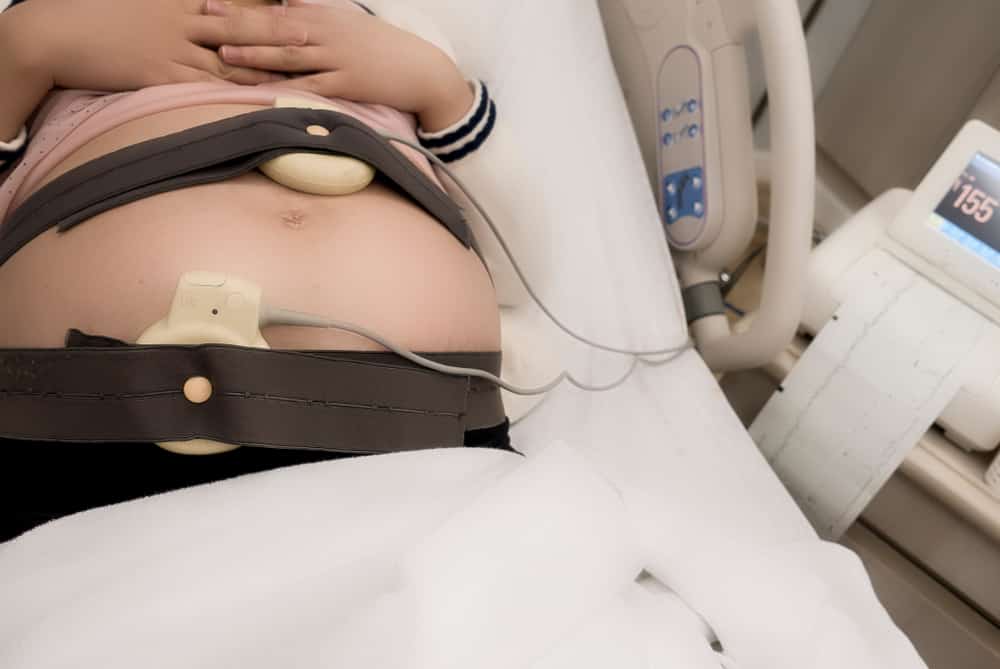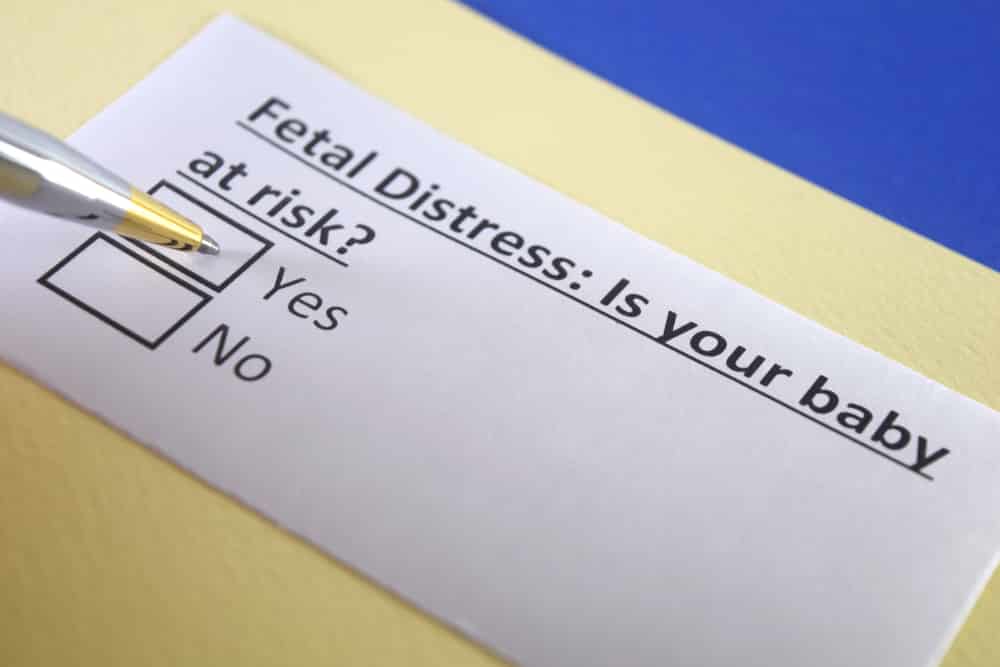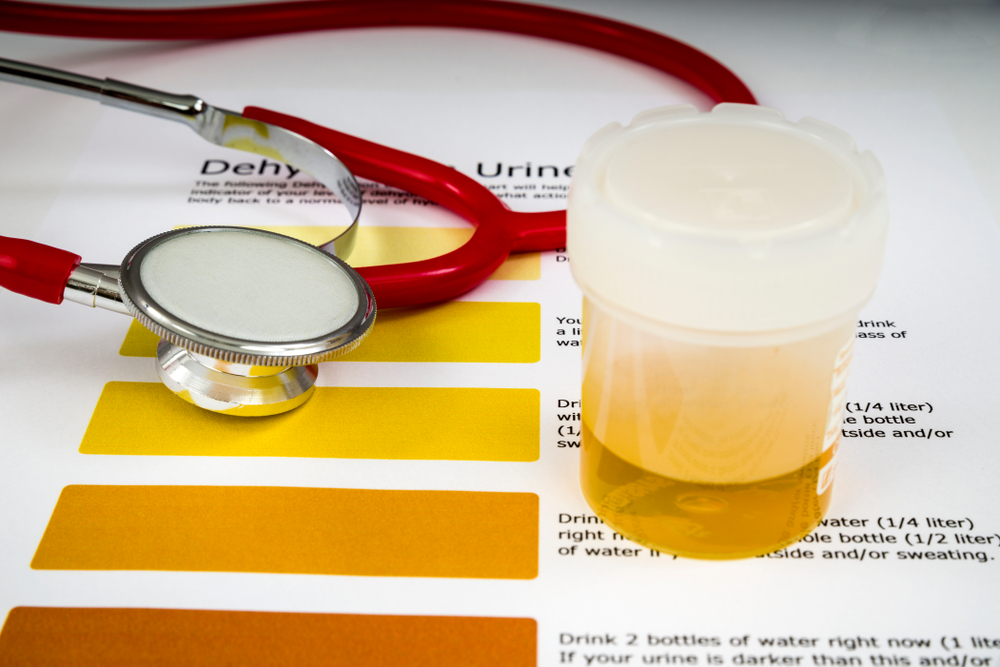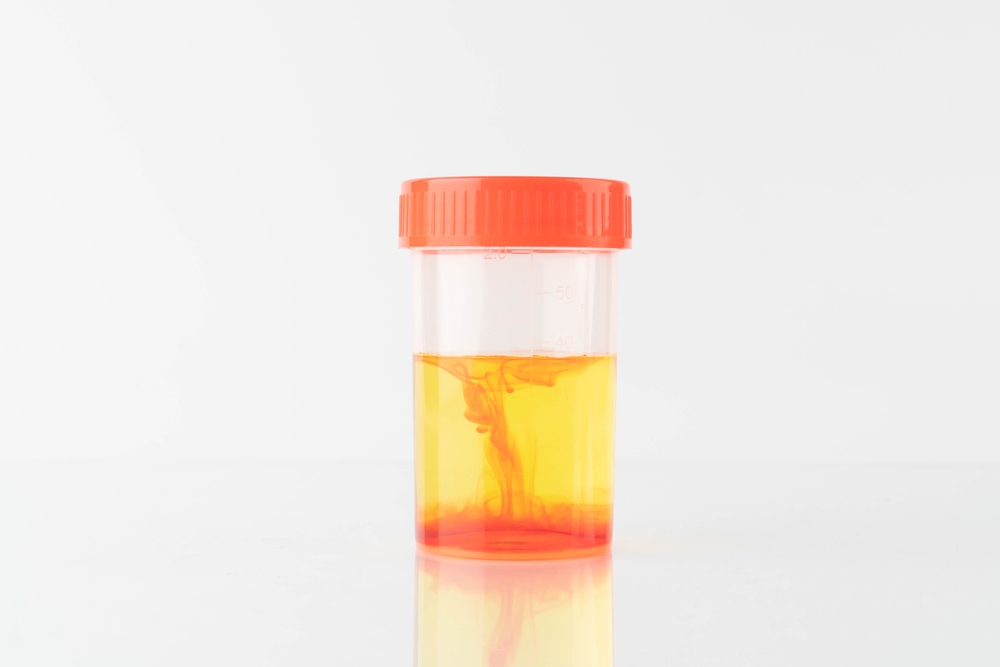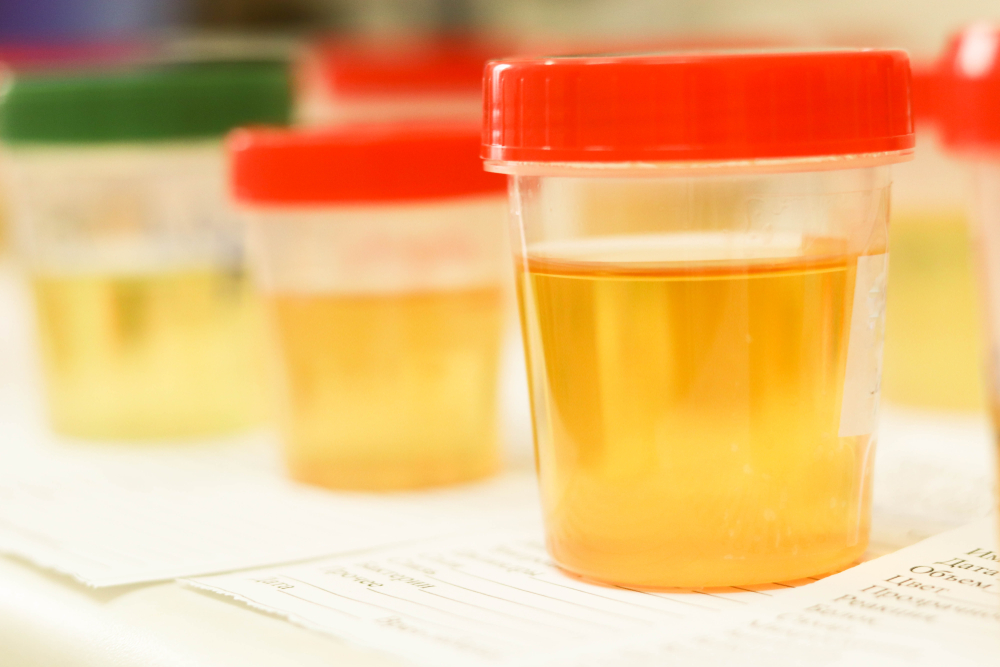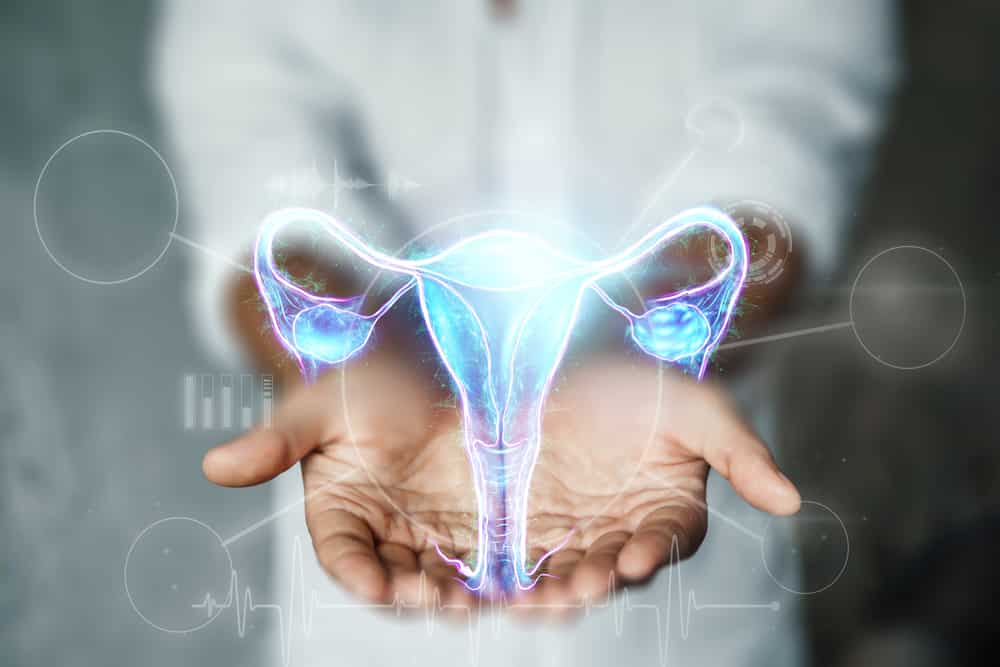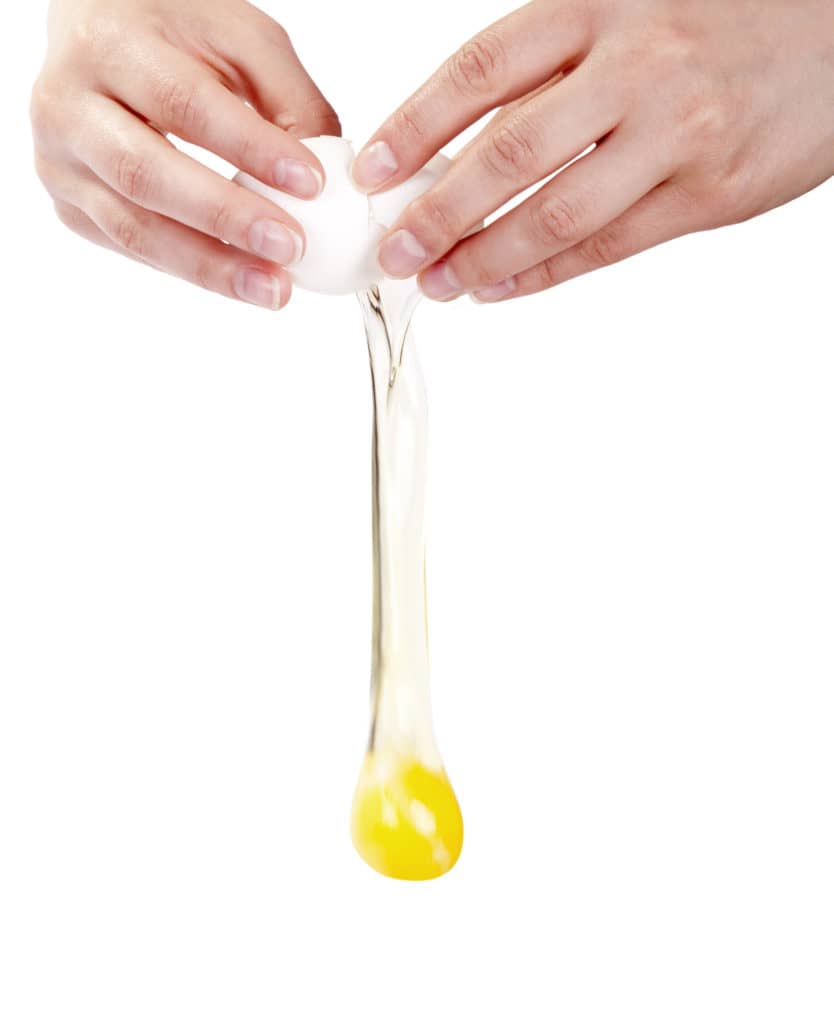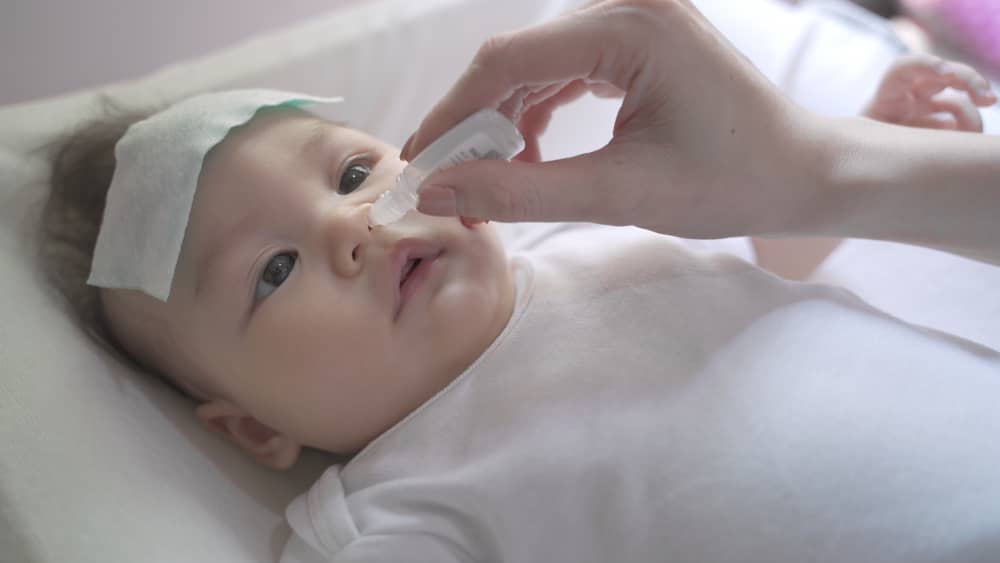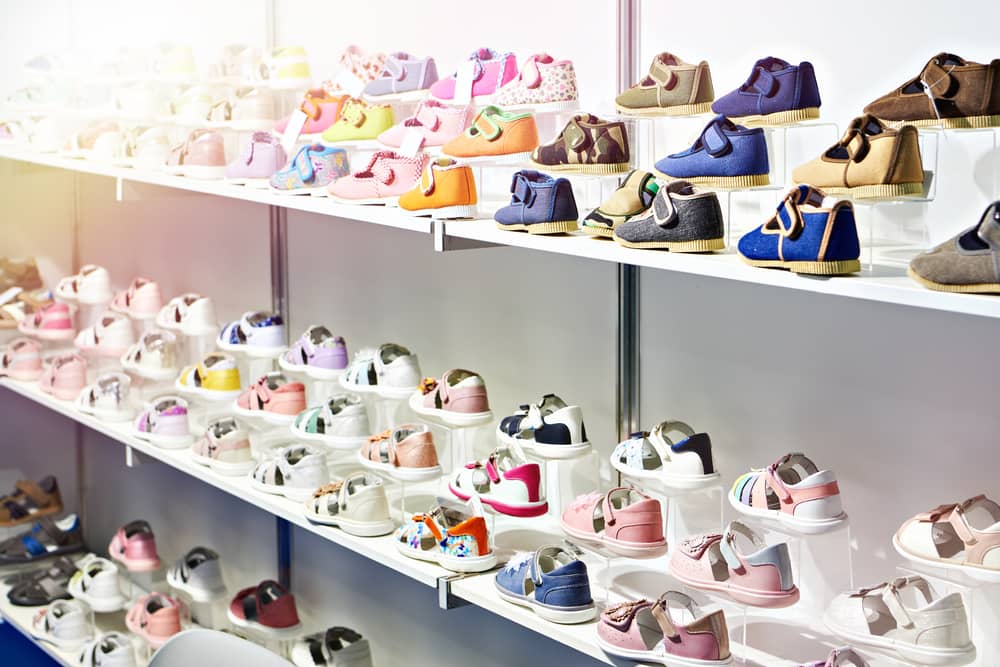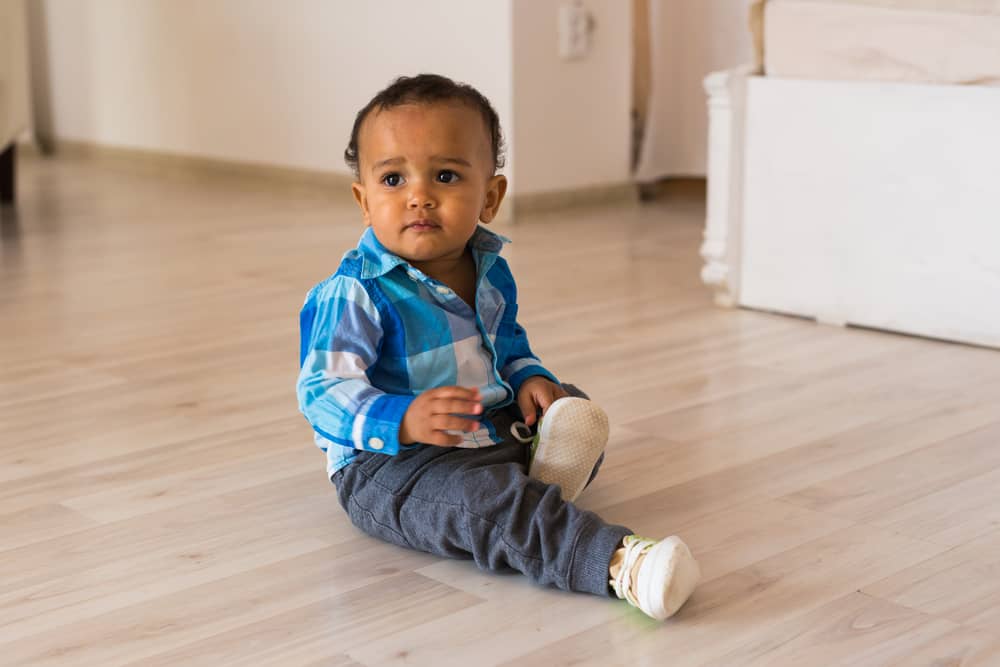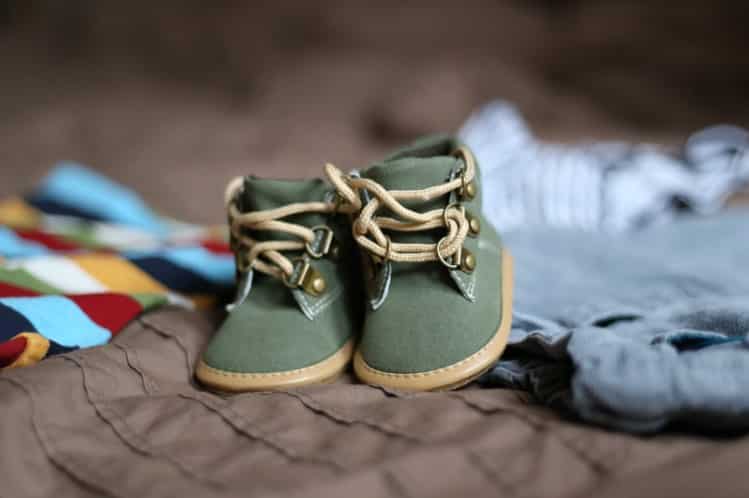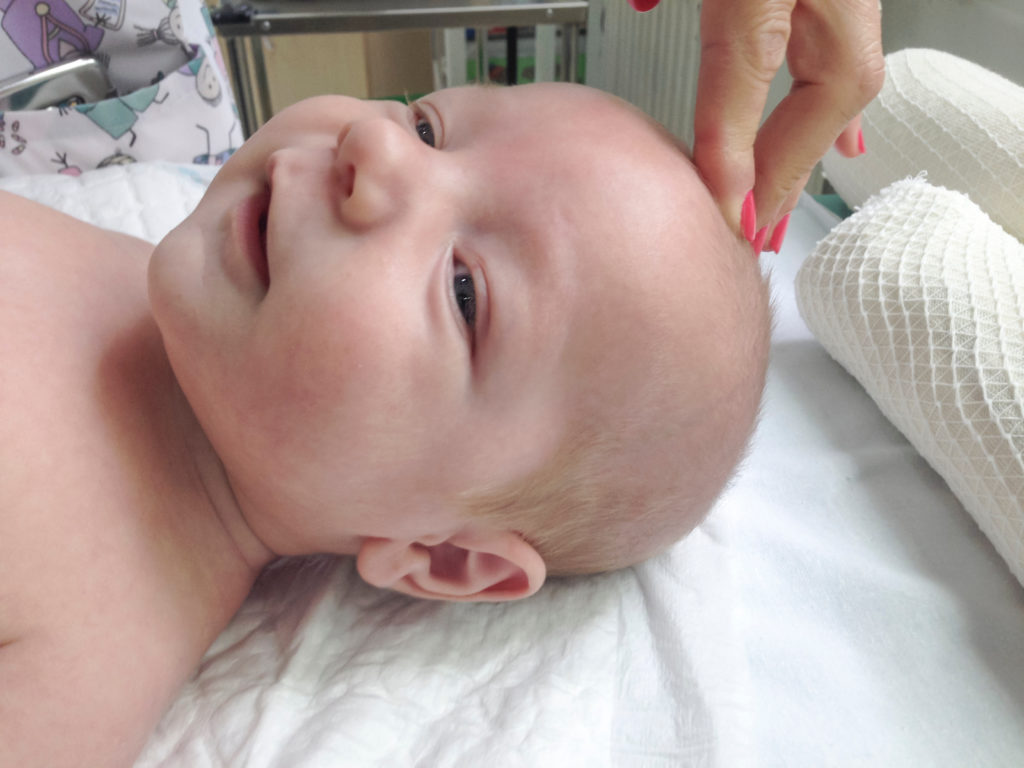Growth is an essential part of life. For your baby to grow, he or she needs to feed and feed well. An essential component of feeding well is the volume of food your baby takes in. This volume is determined largely by the size of your baby’s stomach.
As a new parent, it is very important that you know about the size of your baby’s stomach as this will help you in feeding your child properly.
Here’s the fact: your baby’s stomach is really small!
This article provides you with an approximate value of how much your baby can take in in the first few days of life and also a few things to bear in mind when breastfeeding or formula feeding.

Table of contents
How much can a baby’s stomach hold?
The size of your baby’s stomach deals with the volume of food that your baby can consume conveniently when feeding.
While breastfeeding, it may be tricky to monitor just how much milk your baby is getting. On the other hand, formula-feeding may result in your baby consuming more than the required volume of food. This is because you might feel that the amount of food your baby takes at each feed is too small. Most times, this is unhealthy and unnecessary.
For this reason, it is good to have a mental picture of how large your baby’s stomach can be as this will guide you in knowing how much food should be offered to your baby.

Although your child’s stomach size may not match these sizes listed below to the letter, you’d get a solid idea of what is expected. Also, your baby’s stomach size is influenced partly by his or her birth weight. As expected, a baby with low birth weight may not eat so much in the first few weeks of life. However, as he/she continues to grow, stomach adjustments would be made.
Daily Changes In Your Baby’s Stomach Size
Day 1
On the first day of life, your baby’s stomach is roughly the size of a marble or a hazelnut. He/she can only take in about 5-7 ml (approximately 1 tablespoon) of food at a time.
As a result of this small size, your baby may only take in little amounts of food at a time but will need to keep feeding often so that he or she can stay full.
Also, you will produce about 37ml of milk (colostrum) within the first 24 hours after birth. This is partly because your baby does not need so much yet. The more your baby makes the demand for food, the more your breasts will produce.
Day 2
By the second day of life, your baby’s stomach should be about the size of a cherry. The quantity of food your baby can take in should have increased slightly but you will still need to feed every 90 minutes to 120 minutes.
Day 3
By the third day, your baby’s stomach should have grown to the size of a walnut. This is usually large enough to accommodate about 15 to 30 ml of food per feeding.

Days 4 – 7
At the end of the first week of life for your baby, his or her stomach would have grown to about the size of an apricot. This means more food can be accommodated in the stomach as compared to the time of birth.
Your baby should be able to take in about 45 – 60 ml of food per feeding. You will also be able to produce about 280 – 576 ml of breastmilk a day.
Day 8 – 10
Early in the second week of life, your baby’s stomach should be large enough to accommodate about 60 – 90 ml of food per feeding. At this time, your baby’s stomach is about the size of a golf ball.
What To Remember While Breastfeeding
The more time your baby spends sucking at the breast, the better the development of your breast milk supply. If it seems your baby is spending more time feeding, it does not mean that your baby is not getting enough. It is normal and it helps your body to produce more milk.

The quality of milk you will produce as the day progresses will also change. In the first few days after birth, the breast milk you’re producing is known as colostrum. It contains a lot of proteins and antibodies needed for your baby to grow and develop properly.
At about two to five days after birth, colostrum will begin changing to transitional milk. This is more voluminous compared to colostrum and may have an appearance like whole milk.
By day ten to fourteen, you will begin to produce mature milk. Mature milk is composed of foremilk which is a bit watery and hindmilk, which is fattier. The composition of this mature milk changes based on your baby’s specific needs.
Remember, your milk production is based on the demand and supply theory: the more stimulation it gets, the more it senses the need to produce more milk, and the more breastmilk will be produced. Hence, the more your baby feeds, the more milk you will produce. Be careful to prevent milk coming out of your baby’s nose.
What To Note While Formula Feeding
It is very important for you to monitor the volume of food your baby is consuming when formula feeding. This is to prevent the chances of underfeeding or overfeeding.
If your baby cries a lot or starts sucking the fingers, it may be a sign that he or she is not feeding well and needs more food. In addition, if he or she has frequent spitting, vomits, or becomes fussy after feeding, it may be a sign of overfeeding and you should guard against it.
Conclusion
It is normal that you are concerned about the quantity of food your baby is taking in, especially when he or she seems not to be feeding well. Remember, your baby’s stomach is so small and can only take in little at a time, hence, the need to feed them frequently.
The likelihood of overfeeding is rare when you are breastfeeding. However, you should watch out for signs of hunger. This is to ensure that your baby gets as much as he or she needs per day.
We’re always here to help you.
References
Bergman N. J. (2013). Neonatal stomach volume and physiology suggest feeding at 1-h intervals. Acta paediatrica (Oslo, Norway : 1992), 102(8), 773–777. Accessed on 13th January, 2022 from https://doi.org/10.1111/apa.12291
Brittany Watchmaker, Bridget Boyd, and Lara R. Dugas (2020). Newborn feeding recommendations and practices increase the risk of development of overweight and obesity. BMC Pediatr. 2020; 20: 104. Accessed on 13th January, 2022 from https://www.ncbi.nlm.nih.gov/pmc/articles/PMC7055094/


